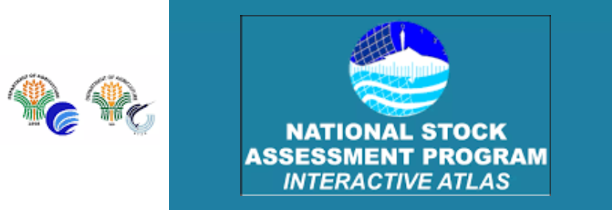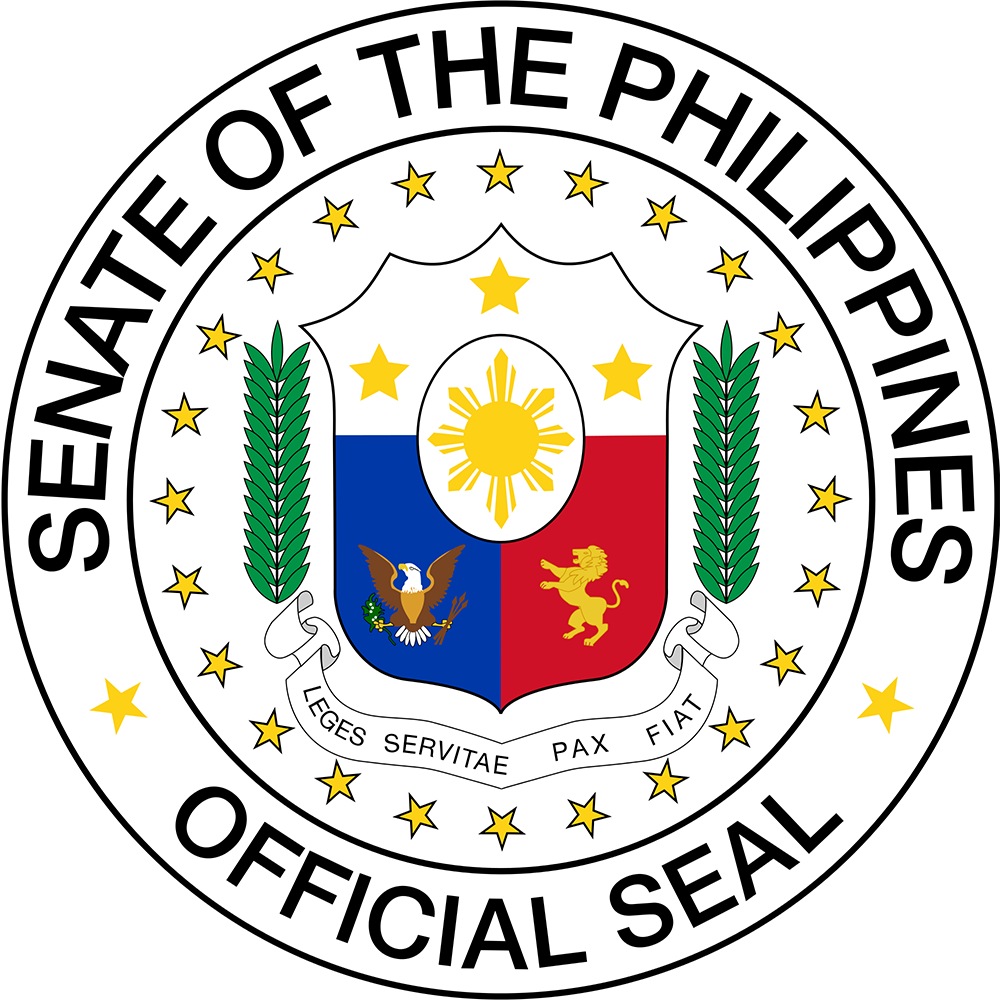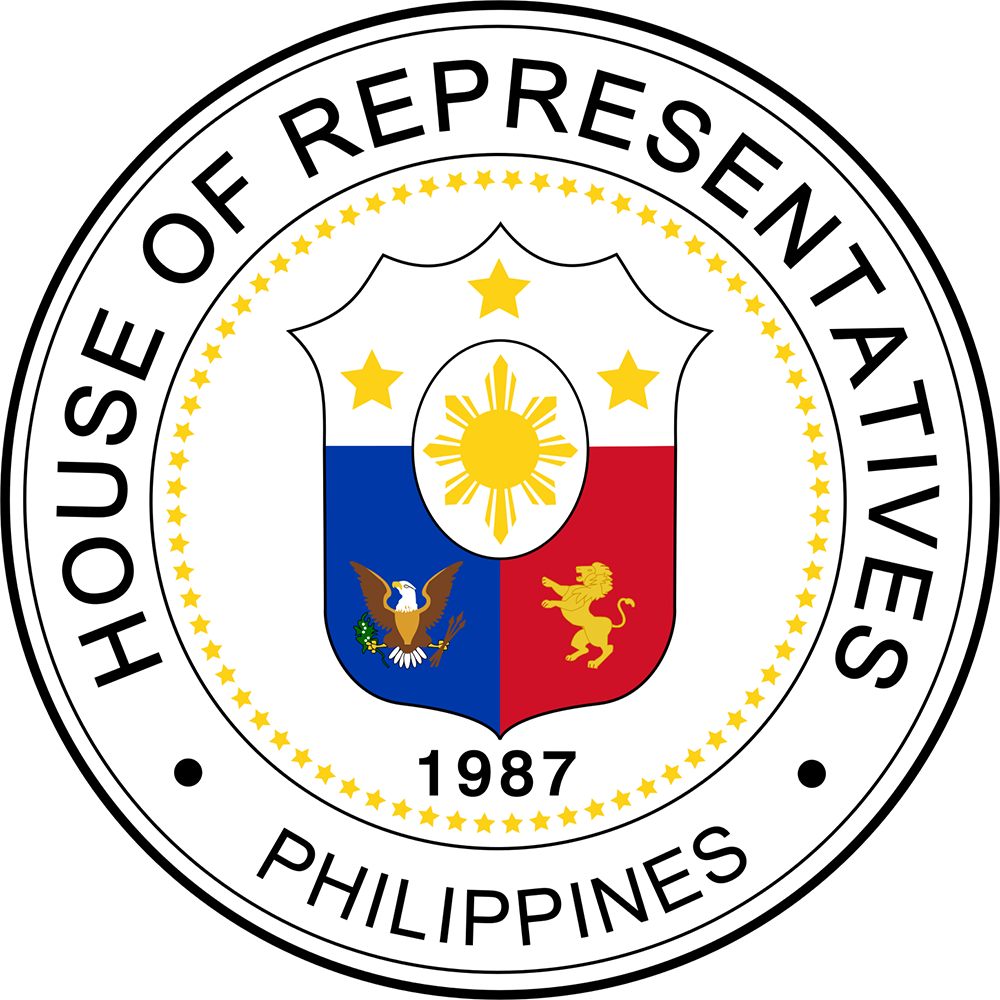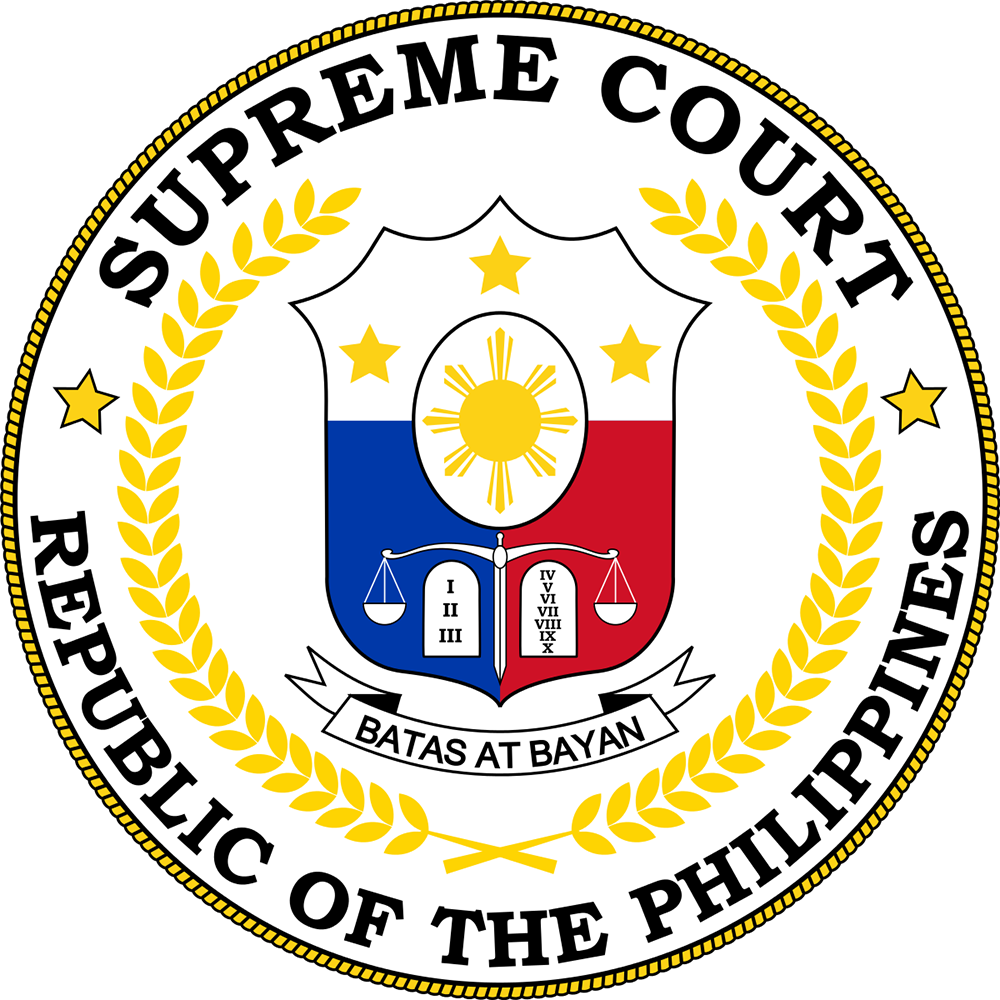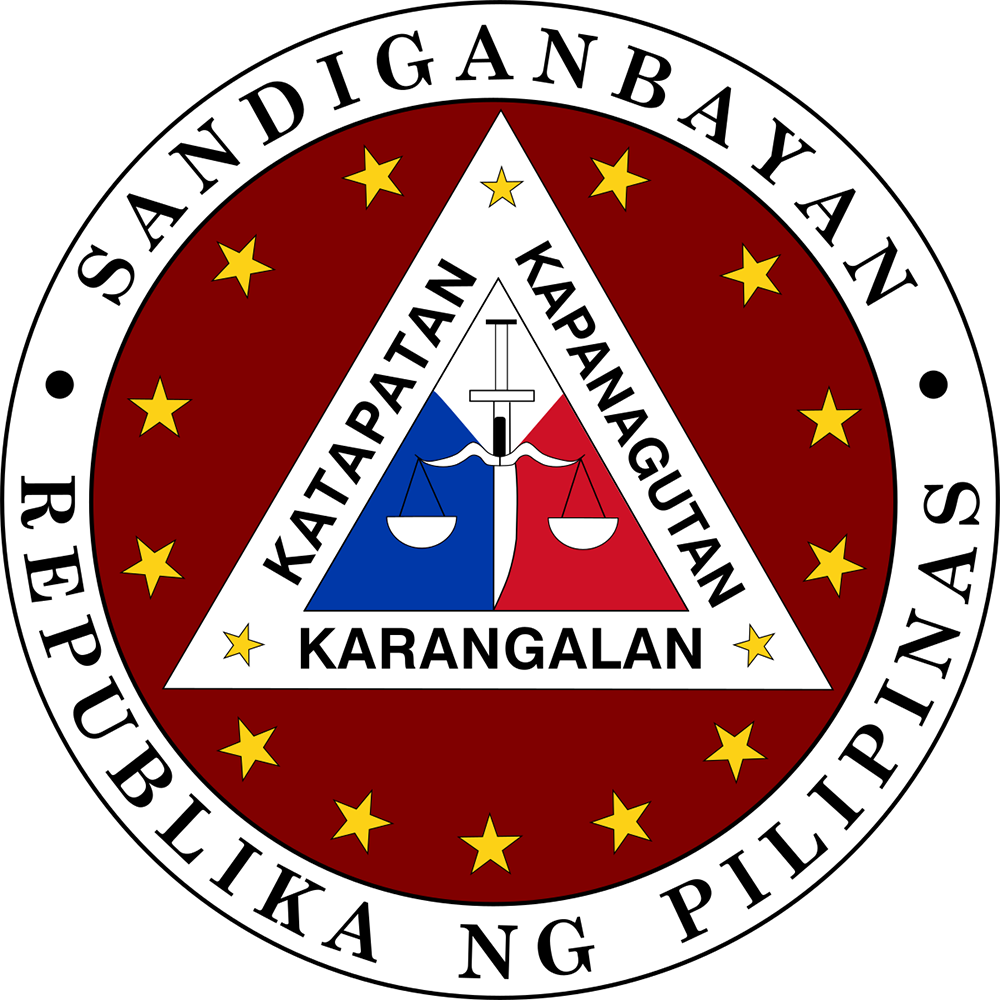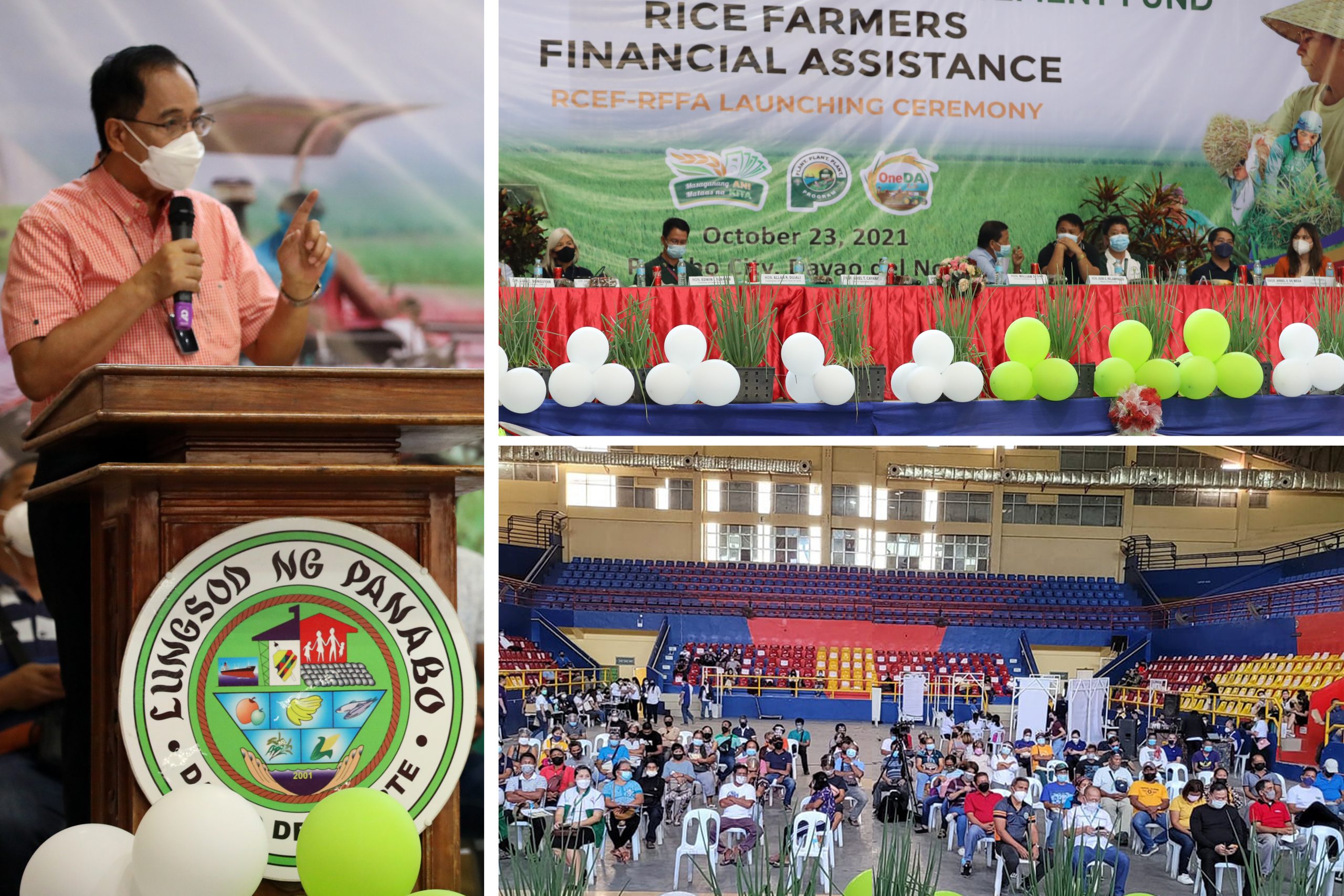
Amidst opposing opinions in the past, the enactment of the Rice Tariffication Law (RTL) has proven to be one of the government’s best game plans to increase local production and yield, and ensure affordable and stable supply of rice.
Starting this month, more than 1.5 million Filipino rice farmers tilling a land area measuring two hectares or less will have a share from the P7.61 billion excess tariff collected from the rice imports as indicated in the RTL.
On October 23, Agriculture Secretary William Dar led the distribution of P5,000 unconditional cash assistance, in Panabo, Davao del Norte, the second in a series of nationwide distributions. The first roĺl-out was held in Sariaya, Quezon, on October 21.
The Department of Agriculture (DA) has tapped the Development Bank of the Philippines (DBP) and the Land Bank of the Philippines (LBP) to handle the payment and distribution of cash grants to the farmers through the Intervention Monitoring Card (IMC), which will serve as farmer’s ID and cash card. The IMC is designed and distributed by Squidpay Technology under a partnership with DA, DBP, and LBP.
“Marami man pong kumondena, dahil po sa taripa mula sa imported rice, kumikita ng pera ang gobyerno na ngayon nga ay ipapamahagi sa inyo,” secretary Dar said.
In his message to dozens of rice farmers and local government officials in Panabo, the agri chief highlighted the accomplishments of the RTL, under which the Rice Competitiveness Enhancement Fund (RCEF) was created.
In particular, he said that based on monitoring and evaluation conducted by the DA’s Philippine Rice Research Institute (PhilRice), involving 6,154 RCEF participants, for dry season (DS) cropping from 2019 to 2021, the following milestones were achieved as of September 30, 2021:
- Average palay harvest increased by 15 percent (%) or 0.56 metric tons (mt) to 4.22 mt/ha during 2020-2021 DS, from 3.6 mt/ha in 2018 before RCEF;
- With the availability of quality inbred seeds, farmers used less, at 64 kg/ha, or 33% less than in 2019, at 96kg/ha; and
- With an average yield increment of 560 kg/ha, RCEF farmers earned an additional gross income of at least P10,000/ha, at P19/kg dry palay.
In the succeeding six cropping seasons or three years, the DA, with the help of RCEF, will continue to achieve a 1.4-mt/ha increase in average rice yield, reduce the palay production cost by P3/kg to P9/kg, from the current P12/kg, reduce by three to five percent post-production losses, and attain an overall 30-percent increase in farmers’ income.
“The current accomplishments of RTL and RCEF only shows that we are on the right track in achieving our targets by the end of program implementation in 2025,” secretary Dar added.
To date, the DA under RCEF has distributed 1.822 million bags (20 kg/bag) of quality inbred seeds; 14,368 units of agricultural machinery and equipment to 6,013 farmers’ cooperatives and associations (FCAs) and local government units (LGUs); and established 111 rice techno demo sites in 41 provinces, and 149 farm schools.
For credit, a total of P2.5 billion were lent to 15,738 individual farmers and 115 farmers’ cooperatives courtesy of credit window facilities from both the DBP and LBP.
“May pag asa ang Pilipinas na aahon bagamat may pandemya. Ang agrikultura ay aahon din, dahil masisipag at masisinop ang ating mga magsasaka at mangingisda na tunay na mga bayani sa kanayunan,” the secretary said. ### (Adora Rodriguez, DA-AFID)

